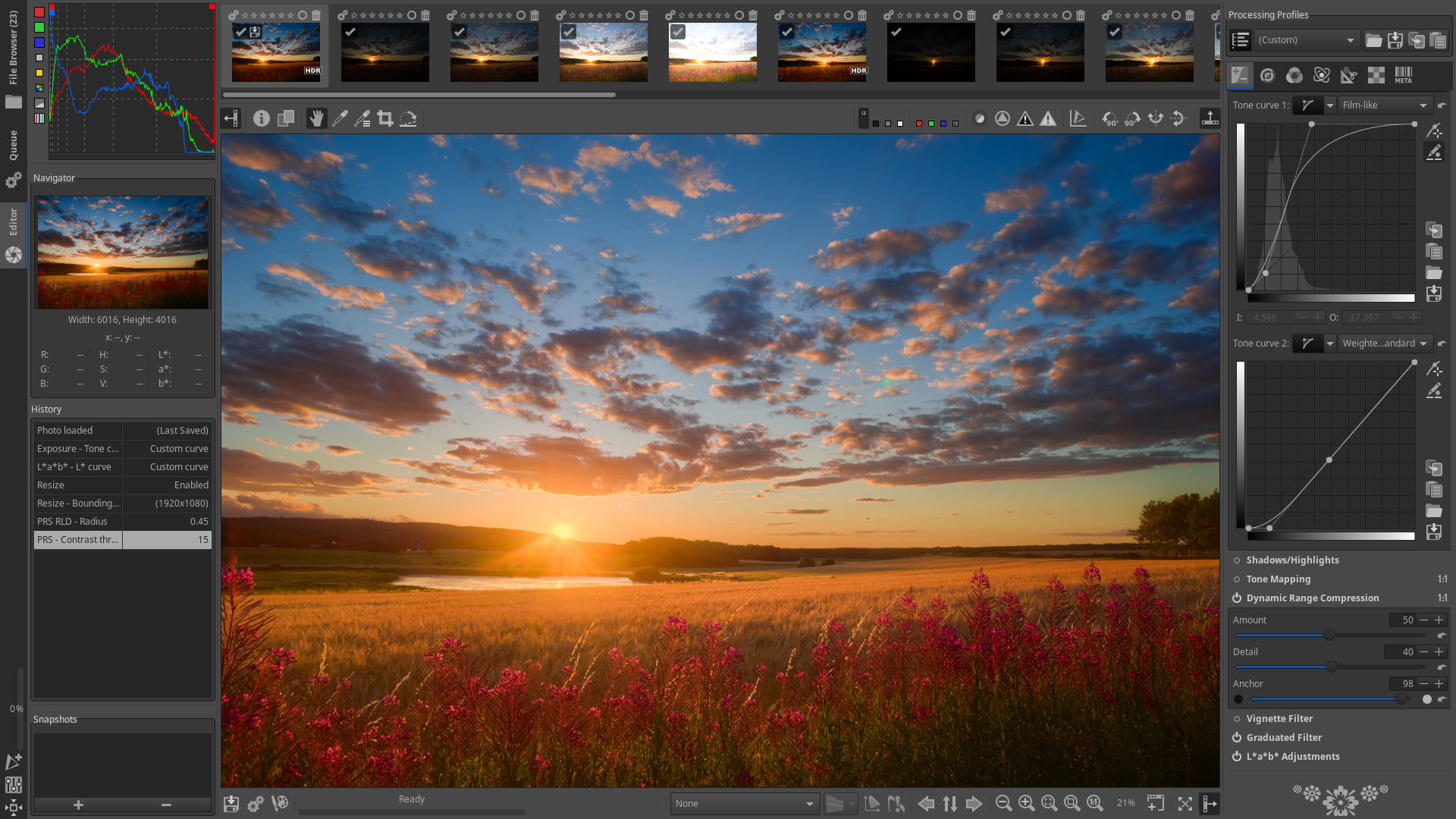
To be sure, this is a simplification of the digital turn (and the cultural turn for that matter), but it’s a helpful and roughly accurate portrayal of the broad contours of these two fields as they have emerged. The so-called digital turn has often been placed by practitioners and critics alike as precisely a turn away from or even against the cultural turn.

It is this last question of method that brings cultural history into contact with digital history, which has grown popular in many respects as a turn away from the cultural turn, a rejection of more semiotic, interpretive approaches of “reading” our historical data and a turn back to cliometrics, statistics, and a more positivist approach to the historical record. The term did double duty: the culture in cultural history stood for a turn to more aesthetic material, often non-textual, generated often by folkloric, popular, or mass entertainment people or institutions culture also stood in for attention to value and belief systems, culture in the anthropological sense and maybe even doing triple duty, culture pushed toward new methods of approaching the artefactual record, the archives, the empirical stuff or, for our purposes, the data or these data, through which we access the past as historians. Gaining currency in the historical profession during the 1980s and 90s, cultural history took social history’s efforts in the decades prior to study history from below, to broaden who counted as a historical actor and how, and applied them to a thing called culture. Looking to material such as a photograph to try to address it is very much a cultural history move. What did it mean for Mance Lipscomb to perform at the Greek on the Berkeley campus, at an institution that by 1963 was perhaps the preeminent public university in the nation, if not the world, a place of prize-winning scholars, top notch students, a place that ran the nuclear research program of the Cold War United States, among other things? This is very much a cultural historical question. Now in 1963, he takes his place center stage way out in California, on the campus of the state’s flagship university, in a structure funded by the newspaper magnate William Randolph Hearst and built in 1903 to signify the University of California at Berkeley’s claim at the turn of the twentieth century and thereafter that it was becoming a new bastion of democracy and wisdom, the so-called “Athens of the West.” A male African-American musician and sharecropper from Navasota, Texas, Lipscomb was born to parents who lived through enslavement in the US South. It’s a moment of cultural encounter as he performs for this predominantly white, middle-class, urban audience, encompassing issues of race, gender, class, and region. He’s playing an acoustic guitar in front of one microphone, with his hat placed carefully by his side. We see the silhouette of Mance Lipscomb against the audience in the Hearst Greek Amphitheater at the 1963 Berkeley Folk Music Festival. “Oh, my God! People back home will just never believe this!” - Mance Lipscomb to photographer Matt Hinton when given print of the “silhouette” photo, according to Sam Hinton Kramer, Assistant Professor, Department of History, SUNY Brockport For additional readings, essays, and information about this research, see my webpage GlitchWorks: Digital Defamiliarization Tactics for Historical Inquiry. Below the video is a script for those who wish to access the talk in that format. Embracing distortion and iteration as paradoxical paths to greater accuracy in historical analysis, image sonification has the promise of inspiring a kind of synesthetic hermeneutics, a way of bringing together close and computational reading by disorienting the perceptual sensorium through human-computer interaction to better orient ourselves toward the past: its lives, forces, stories, structures, negotiations.Ī 14-minute video takes the viewer/listener through one very brief, very tentative image sonification and what even this one preliminary experiment suggests for methods that might bend cultural and digital history together in more fruitful ways. Rather than turning people from the past into things, this approach strives to activate things so that we can more effectively glimpse (or in this case hear) the people caught up in artefactual and archival representations. Presenting ideas from my ongoing research on defamiliarization tactics for historical inquiry, my talk uses one example of image sonification to reflect upon how it can bring together cultural and digital history by using adventurous computational tactics to alert historians to aspects of form and content, information and context, buried in the empirical record as it is preserved in archives.


Below is my contribution to Digital Cultural History: A Virtual Roundtableat the 2022 OAH Conference.


 0 kommentar(er)
0 kommentar(er)
